Fitbit Sense 2 vs Galaxy Watch 5: Battle of the best
Fitbit and Samsung continue to lead the way.
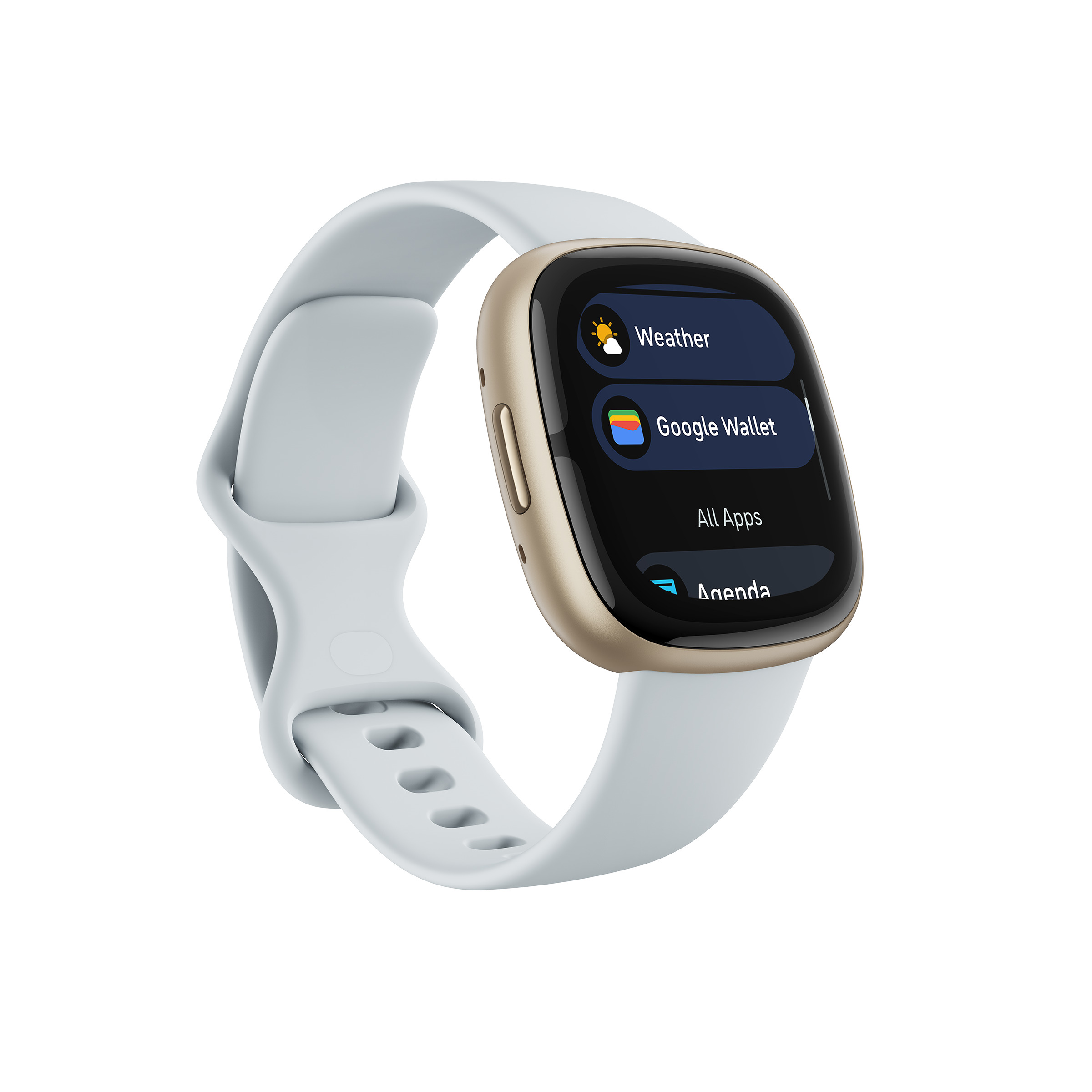
Most impressive
With the Fitbit Sense 2, we're getting the same great design from its predecessor, albeit a bit slimmer and lighter. And while some features are locked behind Fitbit Premium, the company includes a free trial of the subscription so you can make the most out of your new smartwatch.
For
- Google Wallet and Maps are on the way
- Fitbit's OS isn't all that bad
- More health tracking sensors are available in more locations
- Works with all Android phones and iOS
- Much longer battery life
Against
- Need to pay for Premium to unlock all of the features
- Proprietary bands and charging connector
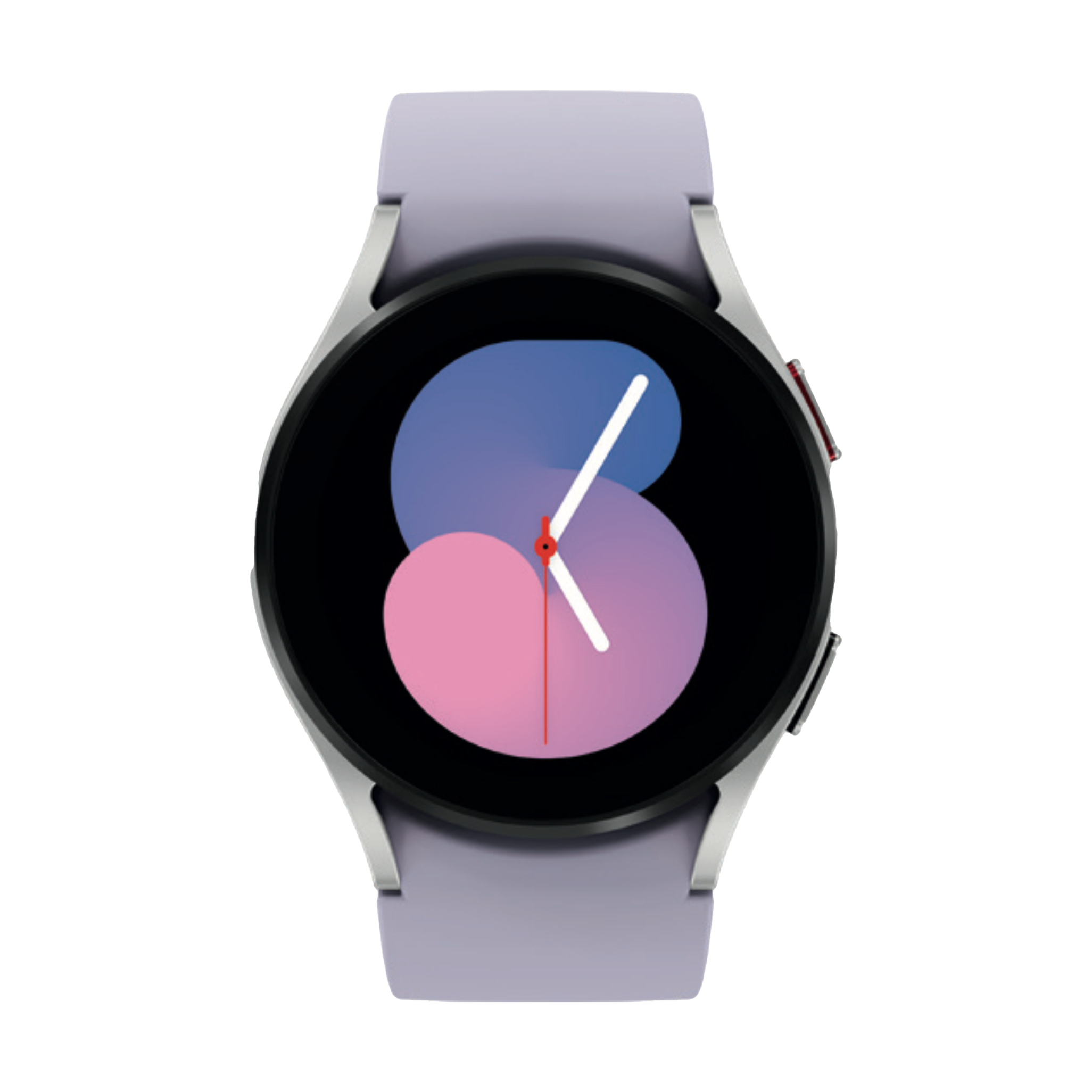
Slightly iterative
The Galaxy Watch 5 doesn't look all that different from the Watch 4, but brings a few extra features to compete with the Sense 2. These include a new body temperature sensor along with a tweaked design to provide better health tracking readings.
For
- Available in two different sizes
- Less expensive
- Powered by Wear OS and the Play Store
- Bands are easily interchangeable
- Health features aren't locked behind a subscription
Against
- Some health tracking metrics are region-locked
- The battery doesn't last nearly as long
- The Digital Bezel is not reliable
It's an exciting time of the year if you're looking to upgrade your smartwatch. We're already getting new offerings from the likes of Samsung, Fitbit, Garmin, and Apple, with the Pixel Watch still slated to arrive in the near future.
When the original Fitbit Sense was announced, there were a lot of "oohs and ahs" until the price was revealed. But as it turns out, the Sense has been popular enough to warrant Fitbit developing, announcing, and releasing a second iteration.
Meanwhile, the Galaxy Watch 5 arrived alongside the Galaxy Z Fold 4 and Flip 4, bringing promises of better battery life and the same great Wear OS 3 experience. Samsung has been at the top of the mountain for many users as it consistently releases one of the best Android smartwatches. But when comparing the Fitbit Sense 2 vs Galaxy Watch 5, Samsung's latest offering might not be the clear-cut winner we're used to seeing.
Fitbit Sense 2 vs Galaxy Watch 5: Design and specs
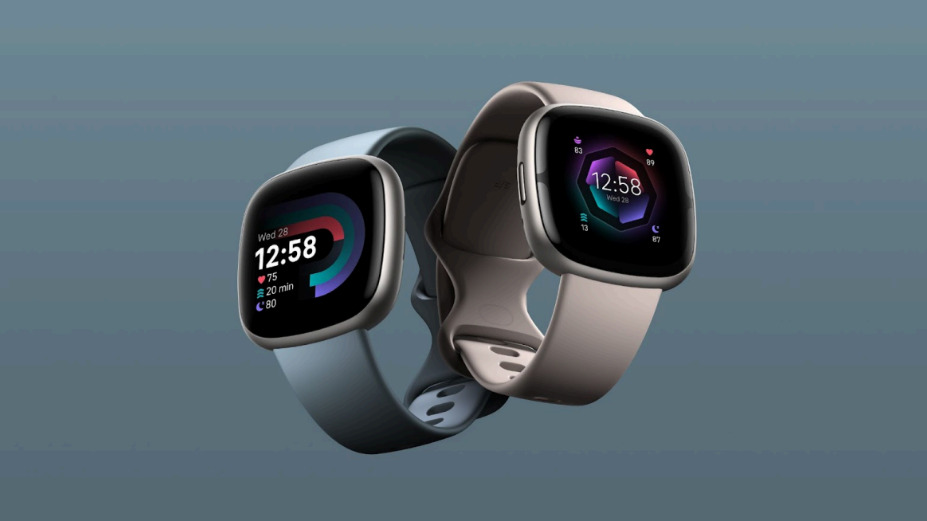
Kicking things off, neither Samsung nor Fitbit have done much to change the way that their latest wearables look. The Fitbit Sense 2 retains its squircle-like design, complete with a 1.58-inch AMOLED display sporting a 336x336 resolution.
Meanwhile, the Galaxy Watch 5 is practically the same as its predecessor, the Galaxy Watch 4, but comes in two different screen sizes. Those who want the smallest Galaxy smartwatch will enjoy a 1.19-inch (396x396) AMOLED panel with a 40mm case size. And if you have bigger wrists, the 44mm case size is likely the right way to go along with its 1.36-inch (450x450) AMOLED display.
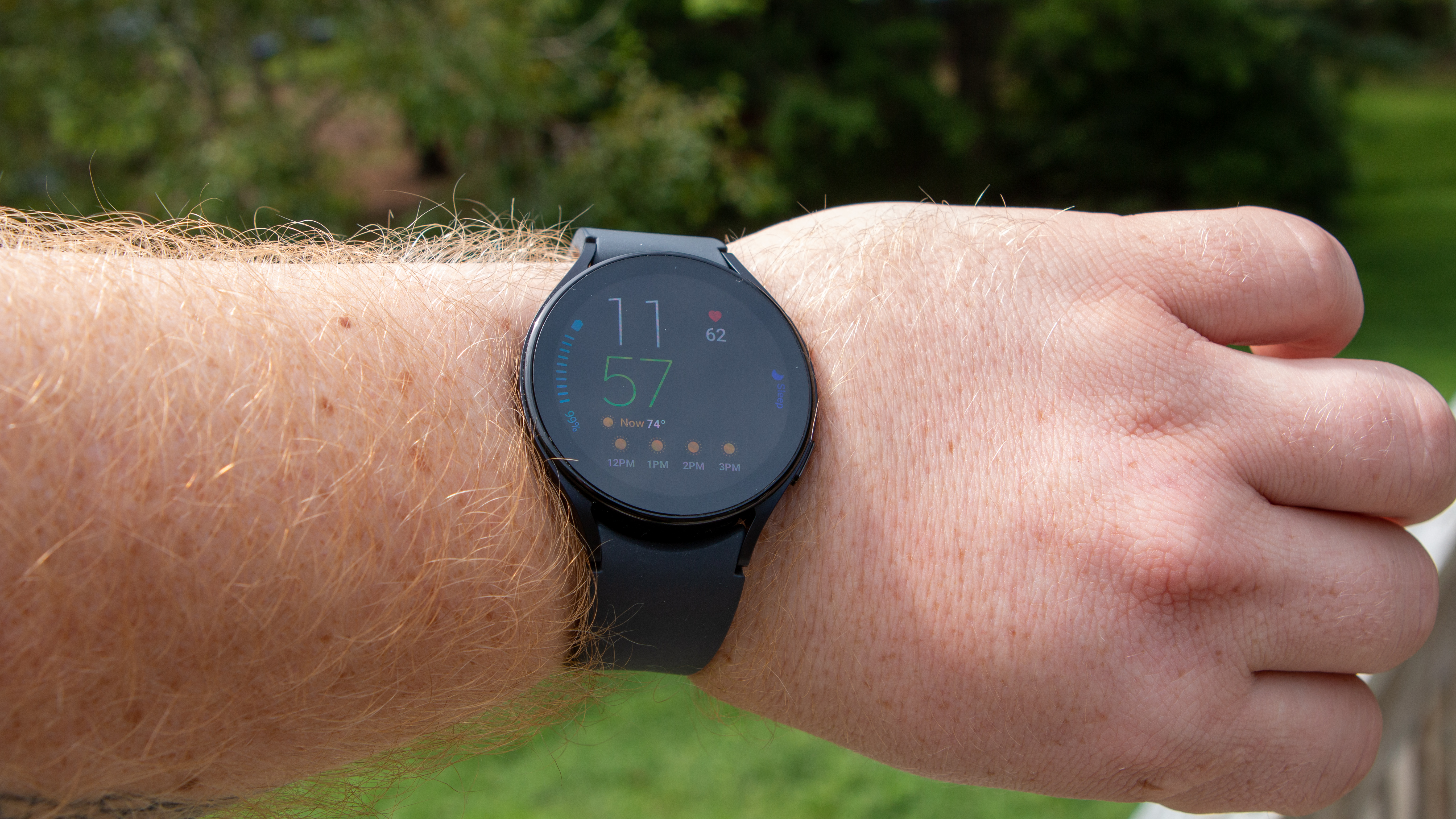
Moving onto processing power, one of these is obviously not like the other. Fitbit has not shared what processor is powering the Sense 2, but that doesn't come as too much of a surprise. The Galaxy Watch 5 is using the Exynos W920 chip paired with 1.5GB of RAM and 16GB of onboard storage. Despite being powered by the same processor as the Galaxy Watch 4, Samsung claims that performance has been improved, likely thanks to software optimization on the whole.
When it comes to build quality, both the Fitbit Sense 2 and Galaxy Watch 5 make use of aluminum case material. It's the same that both companies have been using, as it's quite durable to handle the rigors of being bumped and knocked around on daily basis. Where the Galaxy Watch 5 pulls ahead is its decision to move to a Sapphire Crystal screen, which might not be as shock-resistant as Gorilla Glass, but is less prone to scratches.
| Header Cell - Column 0 | Samsung Galaxy Watch 5 | Fitbit Sense 2 |
|---|---|---|
| Display | 1.19-inch (396x396, 330ppi), 1.36-inch (450x450, 330ppi) | 1.58-inch (336x336, 299ppi) |
| Processor | Samsung Exynos W920 | Unknown |
| RAM | 1.5GB | Unknown |
| Storage | 16GB | 7 days of detailed motion data |
| Battery | 284mAh / 410mAh, up to 50 hours | Up to 6 days |
| Wireless charging | Yes (Qi) | Yes (Proprietary) |
| Sensors | Acc (32g), Gyro, Barometer, Ambient Light, Compass, Optical Heart Rate Sensor (8pd), Electrical Heart Sensor (ECG), BIA, Continuous SpO2, Skin Temperature Sensor | 3-axis accelerometer, Gyro, Altimeter, Ambient Light, Multi-path optical heart rate sensor, Electrical Heart Sensor (ECG), SpO2, Skin Temperature Sensor |
| Connectivity | BT 5.2 / Wi-Fi 2.4GHz & 5GHz / GPS / NFC / LTE | BT 5.0 / Wi-Fi 2.4GHz / GPS + GLONASS / NFC |
| Navigation | 2 button + digital bezel | Single button |
| Durability | 5ATM, IP68, MIL-STD-810H | 5ATM |
| Build material | Aluminum, Sapphire Crystal Glass | Titanium case, Glass |
| Band size | 20mm | 24mm (proprietary connector) |
| Dimensions | 40.4 x 39.3 x 9.8mm / 44.4 x 43.3 x 9.8mm | 38.1 x 38.1 x 11.43mm |
| Weight | 29 grams / 32.8 grams | 37.64 grams |
| Colors | Boa Purple, Graphite, Pink Gold (40mm) / Sapphire, Silver, Graphite (44mm) | Shadow Grey, Lunar White, Blue Mist |
As for battery life, Fitbit's Sense 2 is the clear winner here, as it's rated for up to at least six days of battery life on a single charge. On the other hand, Samsung claimed that the Galaxy Watch 5 could last up to 50 hours before needing to reach for a charger. But in our review of Samsung's latest wearable, we needed to grab a charger much earlier than expected, as it failed to reach the claimed 50 hours of battery life.
On the bright side, both the Sense 2 and Watch 5 include Quick Charging capabilities, as the Sense 2 will provide "one day of battery life" after charging for just 12 minutes. In order to get a full charge, you'll need to leave the Sense 2 on its charger for about two hours.
As for the Watch 5, Samsung finally upgraded its charging capabilities thanks to the new 10W charging speeds. You'll be able to go from 0-100% in about an hour, while an eight-minute charge is said to provide eight hours of sleep tracking.
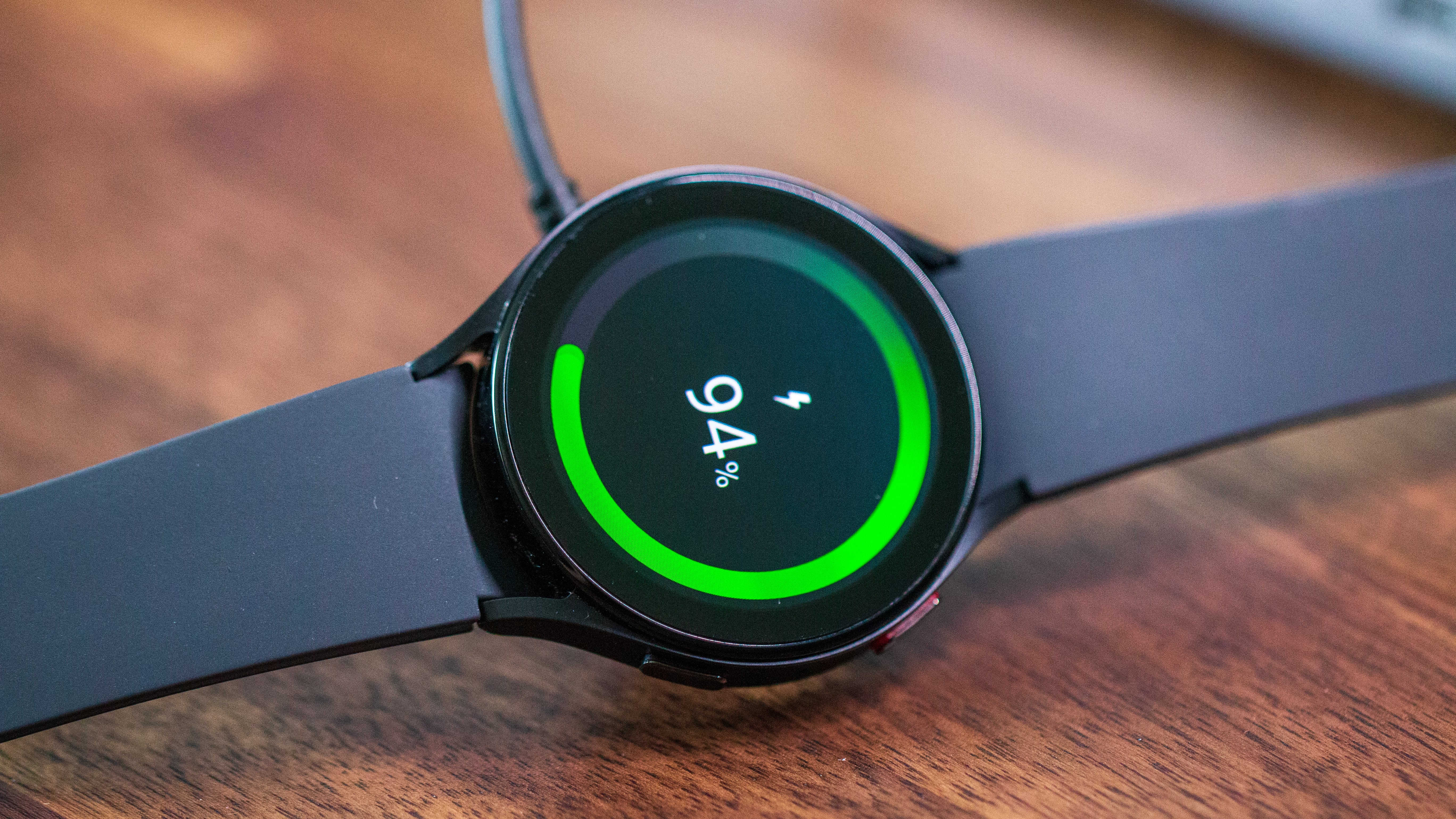
Lastly, when it comes to navigating and interacting with the Galaxy Watch 5, there are several different methods. The touchscreen display makes it easy to start workouts, while the touch-sensitive bezel is there when you need to quickly scroll through missed notifications. Plus, there are two buttons on the side that double as shortcuts to Bixby or Samsung Pay, but you can swap these out and use Google Wallet or Google Assistant if you want.
One of the frustrations with the Fitbit Sense, and Versa 3 for that matter, was the capacitive button found on the left side. It never really worked quite the way that Fitbit intended, and thankfully, it's been removed on the Sense 2. In its place is a more traditional button for making selections or starting workouts, along with users being able to use the touchscreen to interact with the smartwatch.
Fitbit Sense 2 vs Galaxy Watch 5: Health and fitness tracking
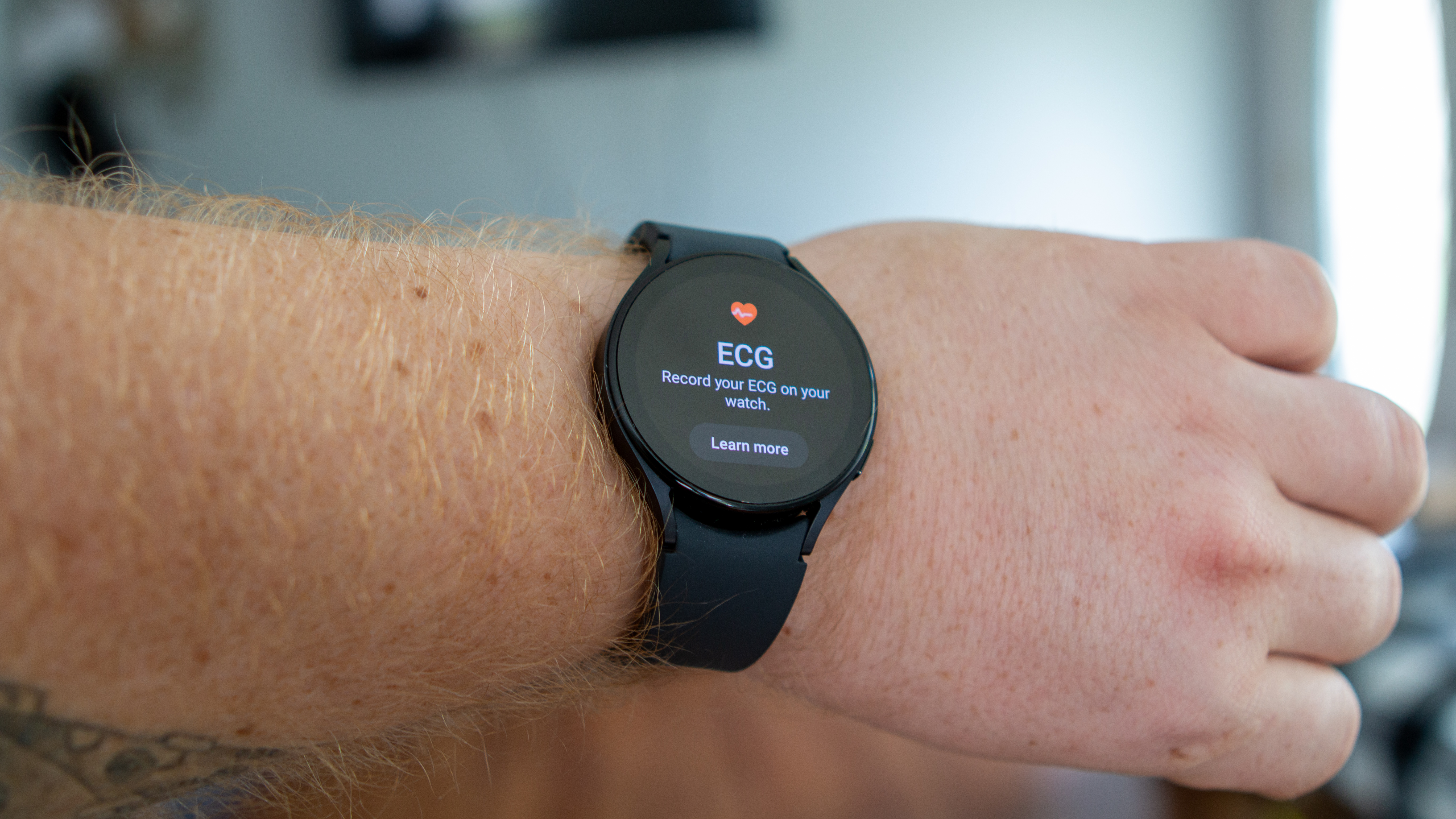
Over the past few years, we've been seeing more and more health and fitness tracking sensors being packed into the best fitness smartwatches. And until the Galaxy Watch 5, the Fitbit Sense was one of the best options for fitness tracking. But now, Samsung has caught up to some of the competition in this regard.
Both of these smartwatches can handle your more "basic" health and fitness tracking measurements. You'll be able to keep an eye on your steps, monitor your heart rate and SpO2 levels, along with getting a look at your ECG. But for the first time ever, the Galaxy Watch 5 actually features a built-in skin temperature sensor, something that was already available in the original Fitbit Sense.
Where these two smartwatches vary is in the way that the health data is collected. Samsung's using its Bioelectrical Impedance Analysis (BIA) sensor. This is used to help measure your overall body composition, providing users with the ability to better understand your overall health, as opposed to just keeping track of steps or monitoring your heart rate.

Fitbit's Sense 2 primarily relies on a "multi-path optical heart rate sensor" in addition to the myriad of other sensors on board. These include a dedicated electrical sensor "to measure skin conductance," which provides improved stress detection.
Another commonality between these two smartwatches is the ability to record an ECG in an effort to detect irregularities in your heart rate. The Galaxy Watch 5 has the added benefit of being able to measure your blood pressure, but unless you reside in one of the supported regions, it's a feature you'll never be able to use.
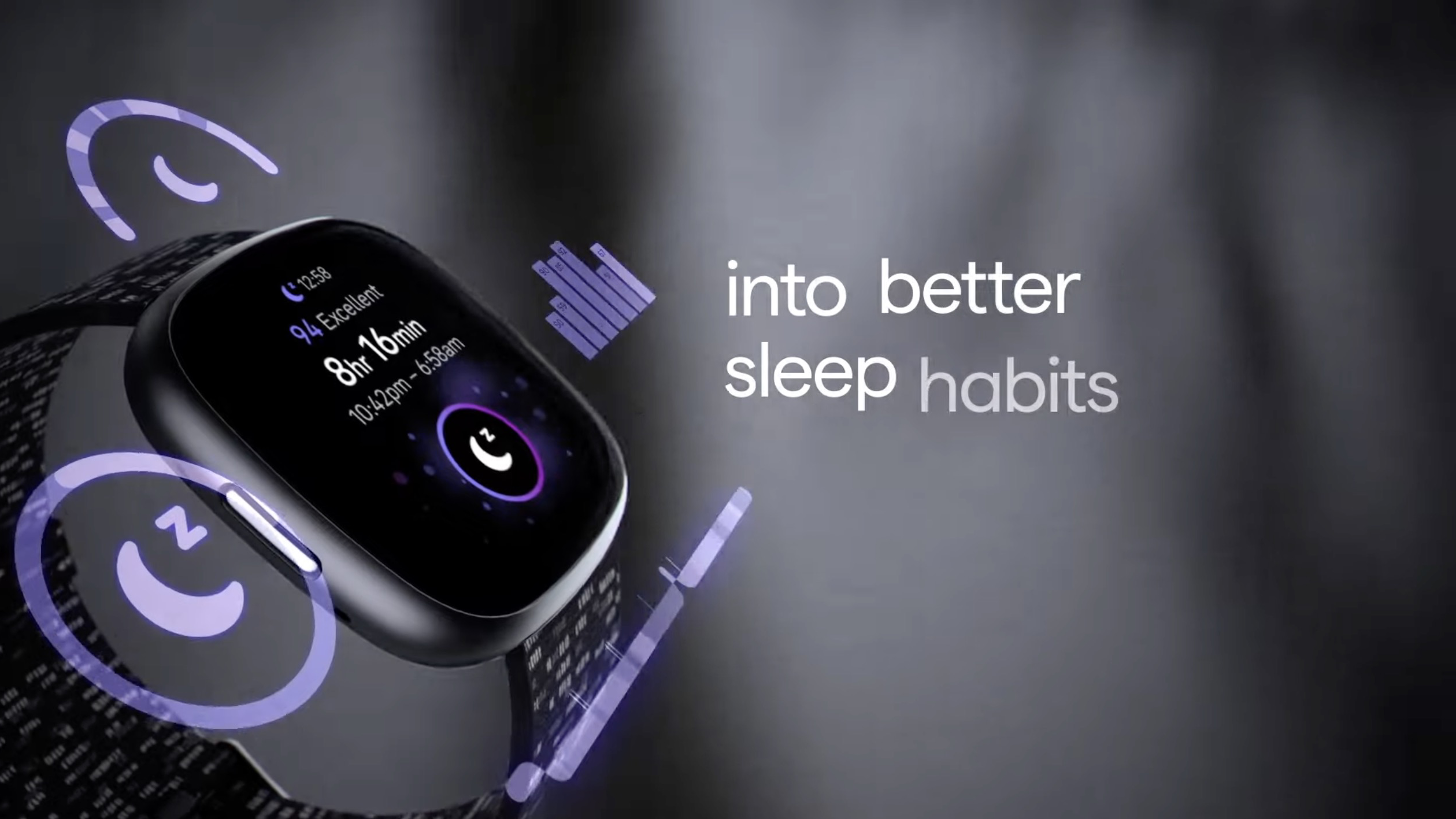
A potential downside to considering the Fitbit Sense 2 over the Galaxy Watch 5 will come down to some of the features that are hidden behind the Fitbit Premium paywall. While Fitbit includes the Premium membership with each Sense 2, it's still another subscription that you might want to pay if you want to enjoy things like "advanced insights, hundreds of workouts & mindfulness sessions, Daily Readiness Score, Sleep Profile," and other features.
Samsung, on the other hand, lets you keep track of all the metrics that the Watch 5 is capable of without making you pay for access. This includes improved sleep tracking that will help provide guidance in an effort to ensure you enjoy a better night's sleep.
Fitbit Sense 2 vs Galaxy Watch 5: Extra features
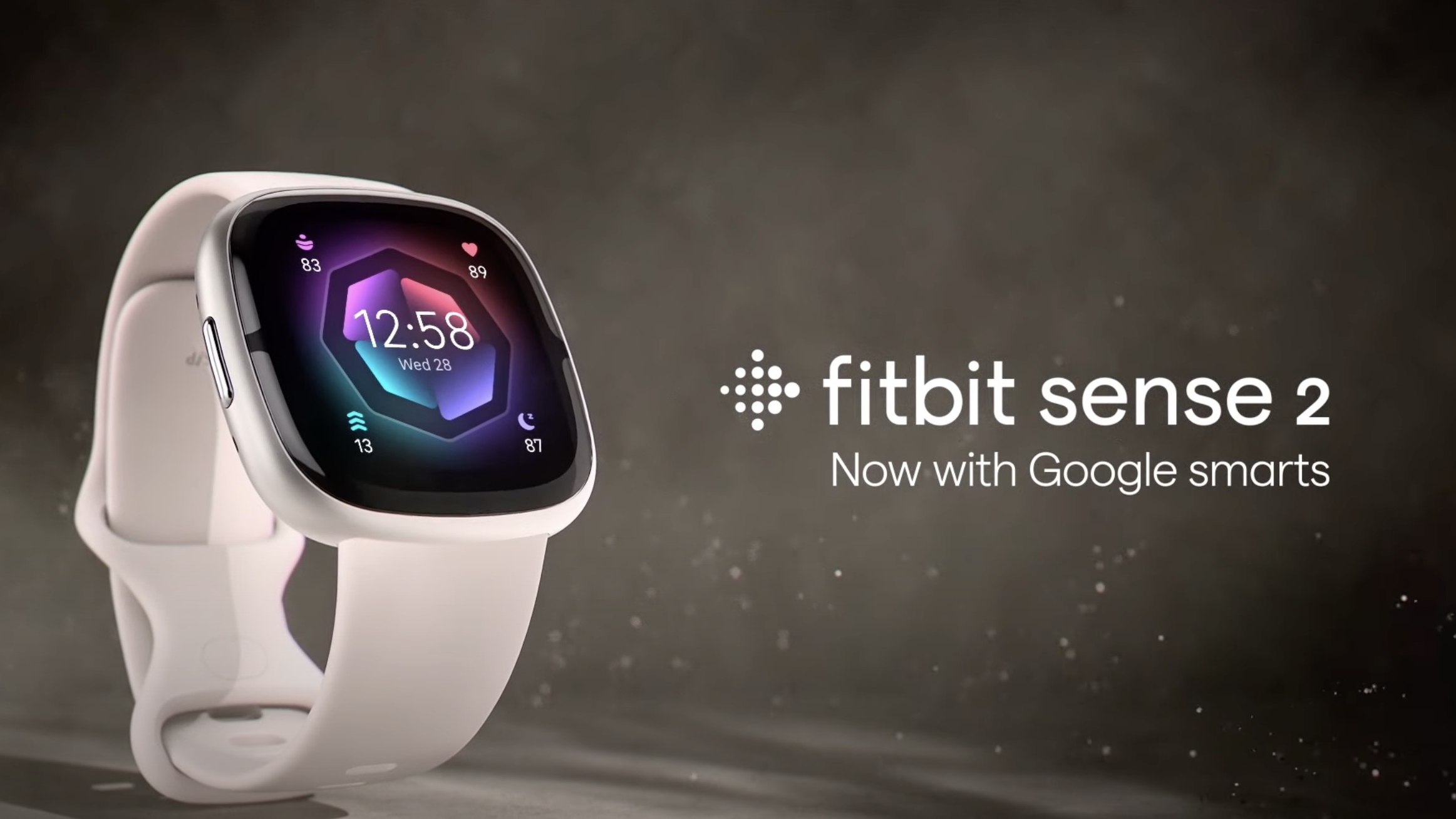
One of the biggest reasons why many have become infatuated with the Galaxy Watch over the past two years is because of the software. Samsung has finally moved away from the dreaded TizenOS, working with Google to bring Wear OS 3 to even more users. This provides access to some of the best Android apps that the Play Store has to offer, as opposed to forcing you to rely on the Galaxy Store.
This change also brings about the ability to swap out things like Bixby and Samsung Pay in favor of Google Assistant and Google Wallet. And while the interface itself has definitely been "Samsung-ified," it's still Wear OS at its core, with the Galaxy Watch 5 shipping with Wear OS 3.5.
Meanwhile, Google-owned Fitbit is still using its own proprietary software for the Fitbit Sense 2. This isn't the Wear OS-driven Fitbit smartwatch that the company promised during Google I/O 2021, but that doesn't mean that it's the same software experience as the original Sense.
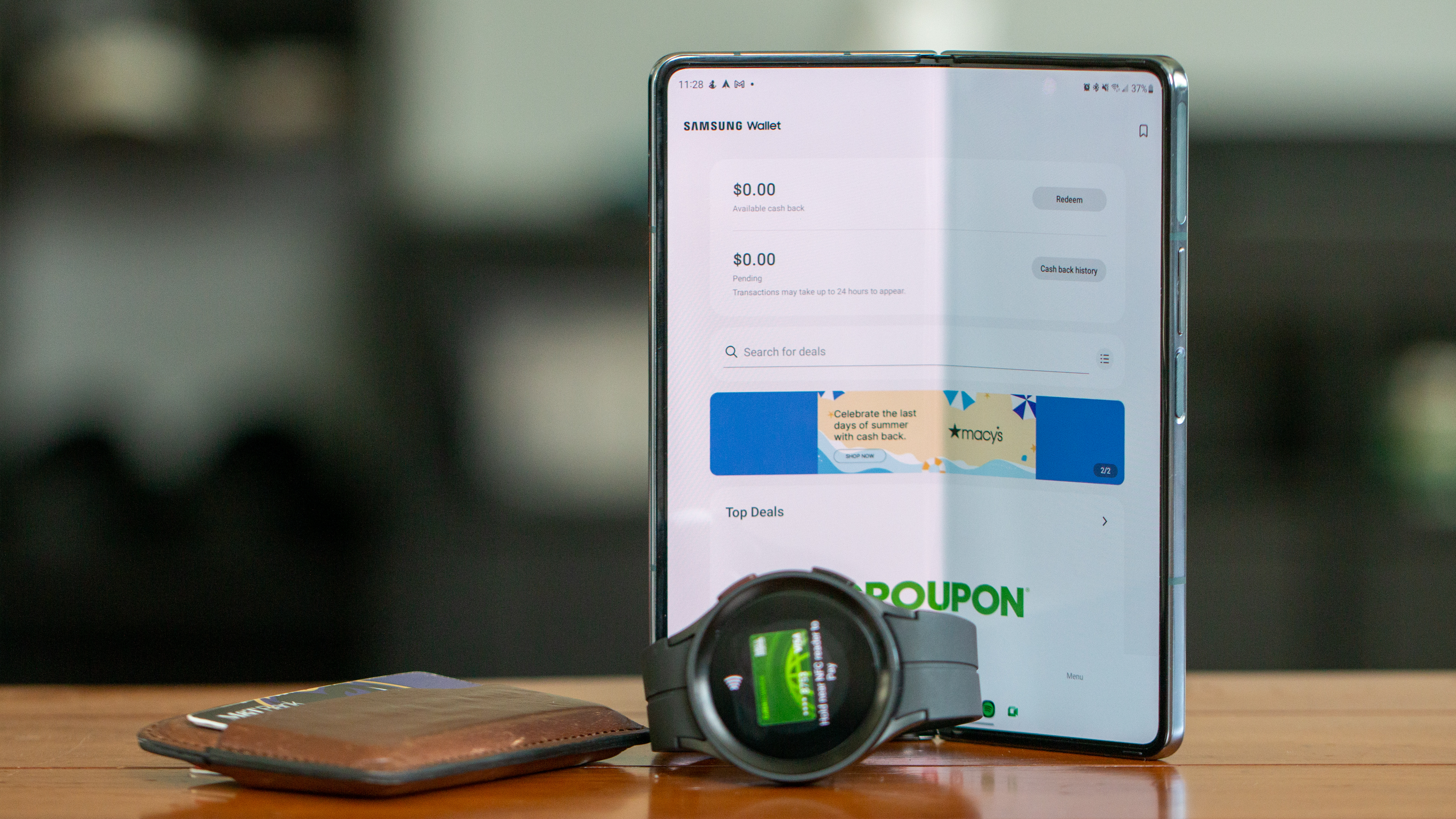
Instead of subjecting its owners to using Fitbit Pay, the Sense 2 will finally provide Google Wallet support, something that was expected but is still more than welcome. Now, you'll be able to use Wallet on your Fitbit and Android phone, without needing to deal with Fitbit's attempt at a digital wallet.
Additionally, Google Maps will be arriving on the Sense 2, providing turn-by-turn directions right on your wrist. Unfortunately, it's unclear whether these two Google apps will be available at launch.
And as for voice assistance, while the Galaxy Watch 5 offers compatibility with Bixby, Assistant, and Amazon Alexa, the same can't be said for the Sense 2. While the last-generation Fitbit Sense and Versa 3 include Google Assistant, there's no mention of the same being available on the Sense 2. Instead, Fitbit will ship its most comprehensive wearable with Amazon Alexa. This could change in a future update, but it's a situation to be monitored.
Fitbit Sense 2 vs Galaxy Watch 5: It all comes down to price and preference
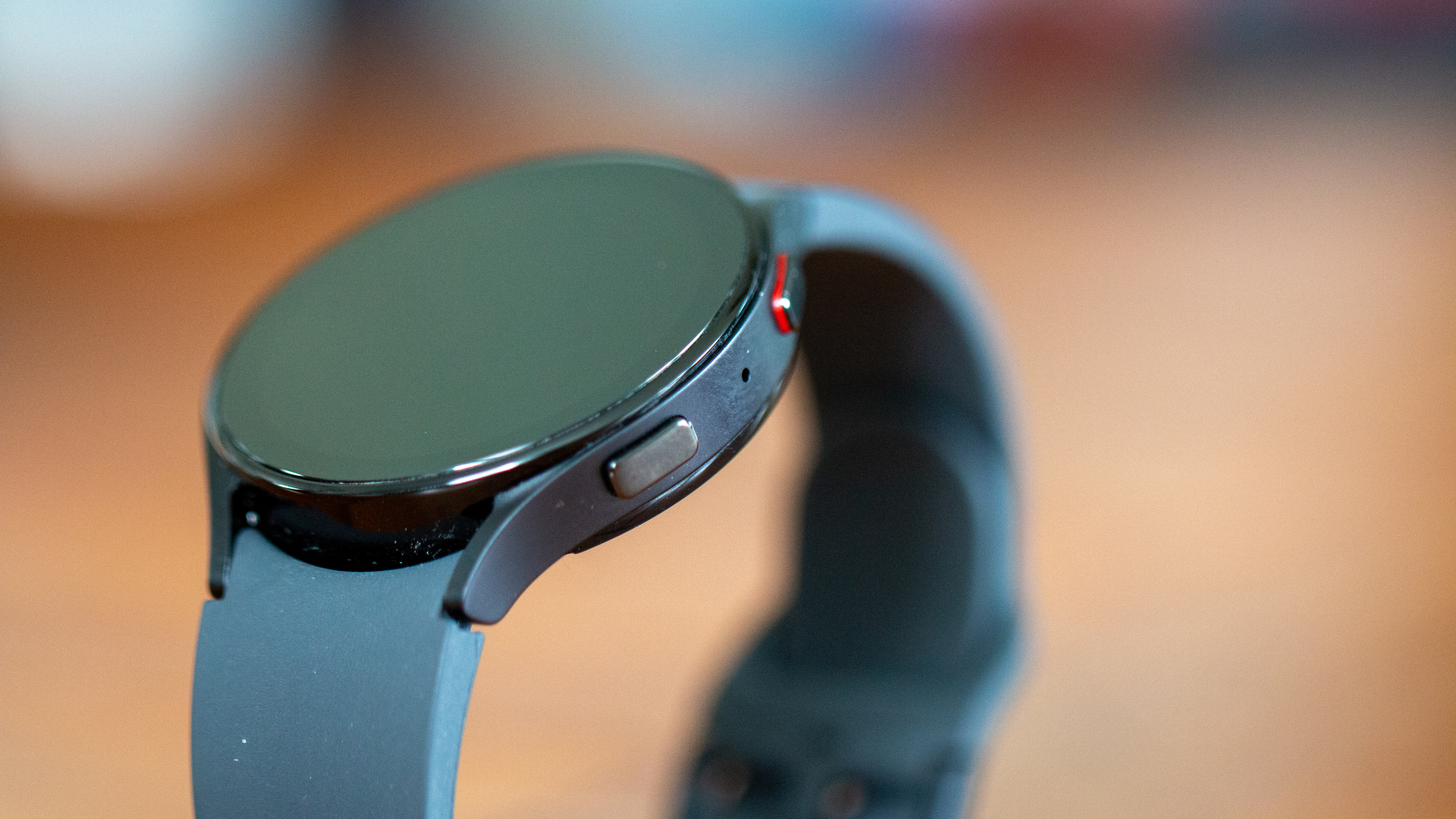
It's tough to sit here and say that the Galaxy Watch 5 is the clear-cut winner over the Fitbit Sense 2, and vice-versa. There are pros and cons to both, as the former provides the latest version of Google's wearable operating system. Besides certain features being withheld behind a Premium paywall, Fitbit's software has served the company well for years.
Something that could sway potential owners one way or another is the price, as the Galaxy Watch 5 comes in at $279.99 for the 40mm version and $309.99 for the 44mm variant. Meanwhile, the Fitbit Sense 2 keeps the same price as its predecessor, retailing for $299.99, but only being available in one size.
If you already own a Samsung phone, enjoy the Galaxy ecosystem of devices, and are willing to sacrifice battery life, then the Galaxy Watch 5 is the perfect companion for your life. It brings many of your favorite apps from the Play Store, while arguably looking more premium and it's easier to swap out the bands with something else.
But if you prefer to have a smartwatch that can last for more than a day or two, while including all of the same sensors, and some that actually work everywhere, the Fitbit Sense 2 is the way to go. You'll save a few bucks in the process, and won't have to worry about features not working just because you're not using a Samsung phone.
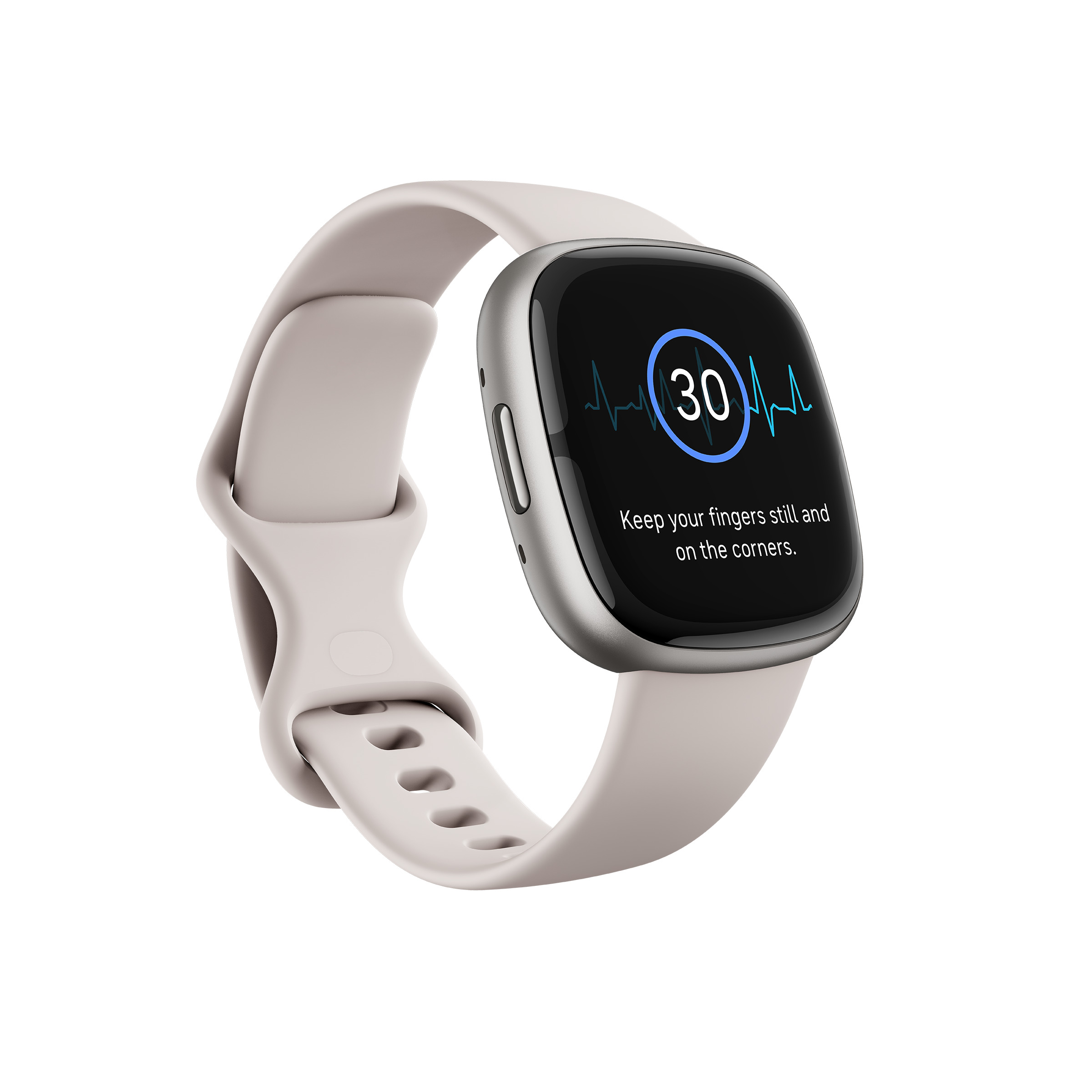
Sleeker and slimmer
Following a surprising launch of the original Fitbit Sense, the company is back with its second iteration. This time around we have a more fluid interface, the same great health sensors, and more of Google's influence.
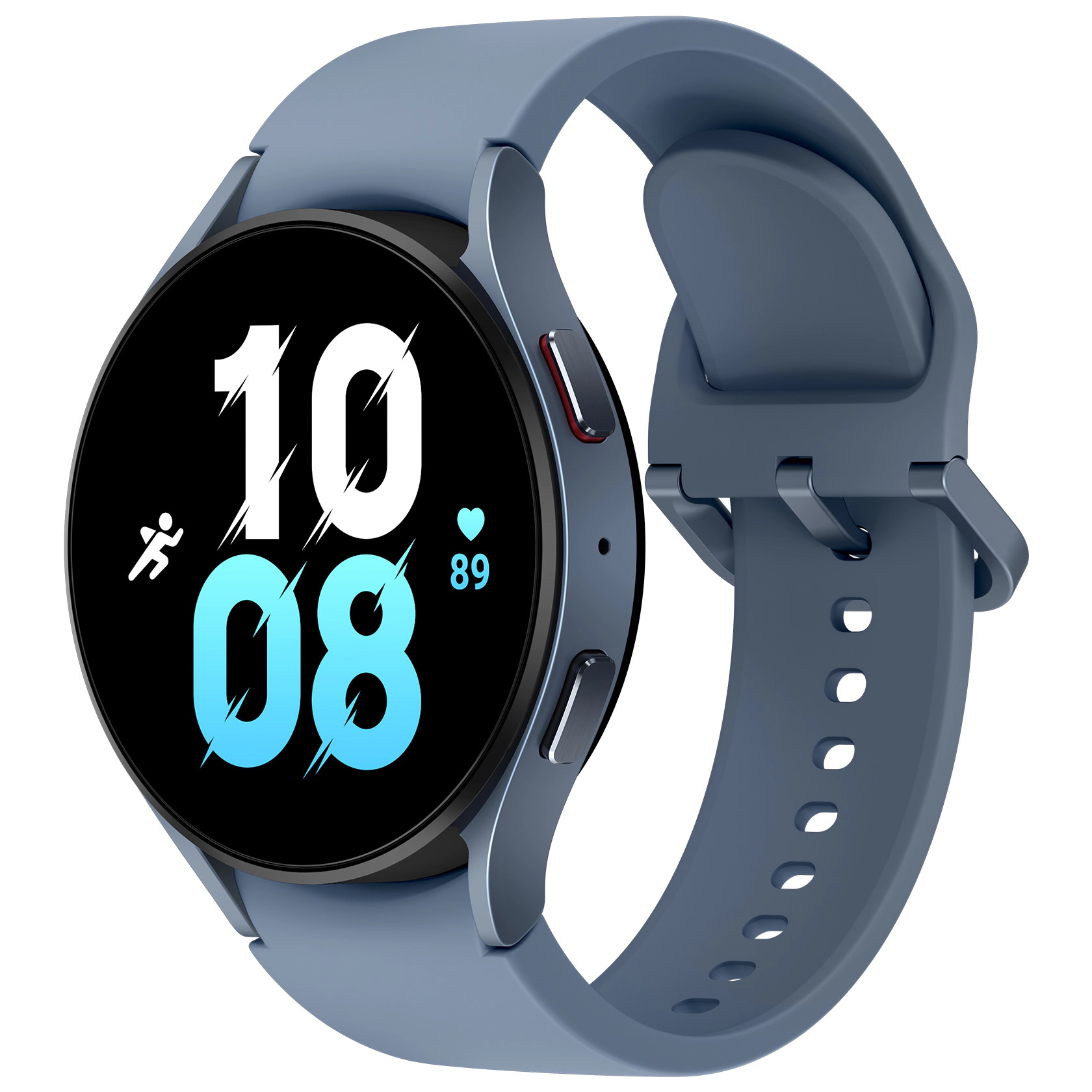
Still the best
It's tough to argue that the Galaxy Watch 5 isn't the best Android smartwatch. This is especially true thanks to Wear OS 3.5 and its access to the Play Store along with being able to use Assistant and Wallet over Samsung's services.
Be an expert in 5 minutes
Get the latest news from Android Central, your trusted companion in the world of Android

Andrew Myrick is a Senior Editor at Android Central. He enjoys everything to do with technology, including tablets, smartphones, and everything in between. Perhaps his favorite past-time is collecting different headphones, even if they all end up in the same drawer.
